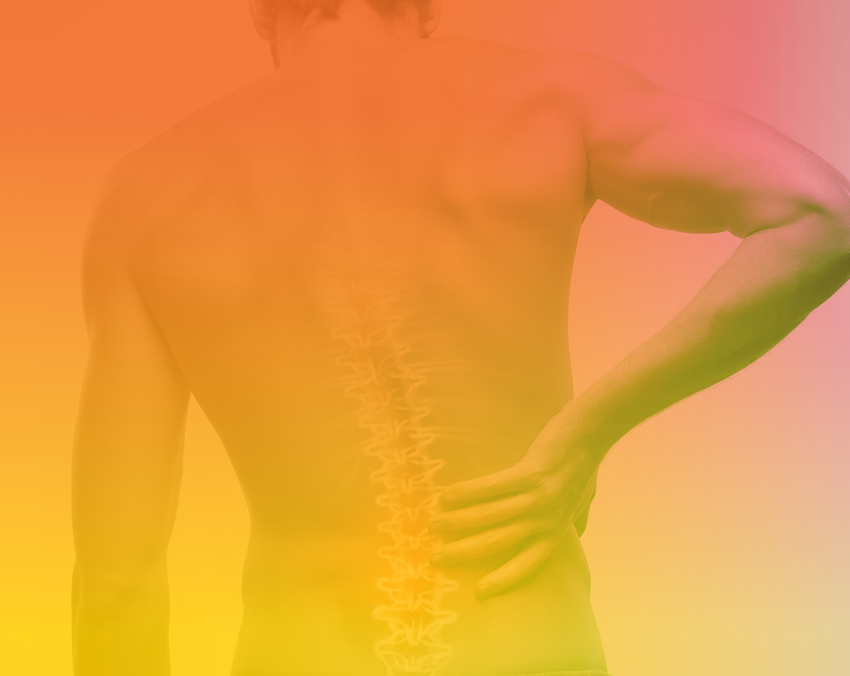At some point in our lives, most of us will experience some form of mild back pain. General aches and pains are unfortunately common characteristics of being human. The good news is that this kind of minor pain is usually temporary, and can often be treated at home.
Today we will dive into some simple home remedies to help ease temporary back discomfort at home. However, it’s also important to recognize when pain should not be treated at home. If pain is sudden, severe, and/or accompanied by injury or accident, it’s important to seek professional medical care as soon as possible. Unlike the general aches and pains we’re discussing today, this kind of pain can require medical intervention. If you ever experience severe pain from an accident or slip-and-fall, get seen by a board-certified doctor right away.
Over-the-counter medication can sometimes be helpful for back discomfort, but there are also home remedies aside from medicine that can ease your discomfort. Here are 4 tips and tricks for managing mild temporary back pain without medication.
- Stay moderately active. For many people, sitting down is part of their daily routine, but it’s been proven that a sedentary lifestyle with limited activity is unhealthy. Never overexert yourself, but do aim to stay active. Staying active can help your muscles stay strong and support your spine, which can relieve aches and pains. A 30-minute walk, a short swim, or even a stroll with the dog can all be excellent ways to stay active with low-impact activities and relieve your back discomfort.
- Try ice and heat. For mild to moderate acute pain, such as a strained back muscle from something like gardening or exercise, first ice the area to help reduce inflammation. Following ice, consider trying heat therapy to improve flexibility and muscle movement. If you find the ice or the heat brings you more relief, continue with that technique until you feel better.
- Stretch. Yoga and pilates involve deliberate, extensive stretching. While these are great options to keep your muscles strong, flexible, and continuously supporting your spine, simple stretches at home (or even work!) can be just as effective as formal exercise classes. Age-appropriate stretching techniques can usually be done without any devices or equipment—simply give yourself some space and take it slow.
- Sit up straight. It’s age-old advice for a reason. Posture, like stretching and moderate exercise, helps your muscles stay strong and pliable—two key characteristics to their functionality. With strength and flexibility your muscles can support your skeleton at their best, helping relieve the strains, aches and pains that accompany inflamed and weak muscles.
These simple steps can help you keep your body recover from minor discomfort and can support your overall well-being. And, since they’re all low-impact and generally safe activities, you can do the remedies in tandem, trying a combination of techniques and continuing with those that work best for you and your body.
Most of all, listen to your body. If your pain escalates, is not relieved by these methods, or continues for more than four weeks, talk to your doctor.
At AIPI, we’re committed to providing the best care and treatment programs for our patients. Dr. Gatz is Board Certified in Pain Medicine and Anesthesia, and our entire care team is proud to provide comprehensive, compassionate care to help them feel well again.


